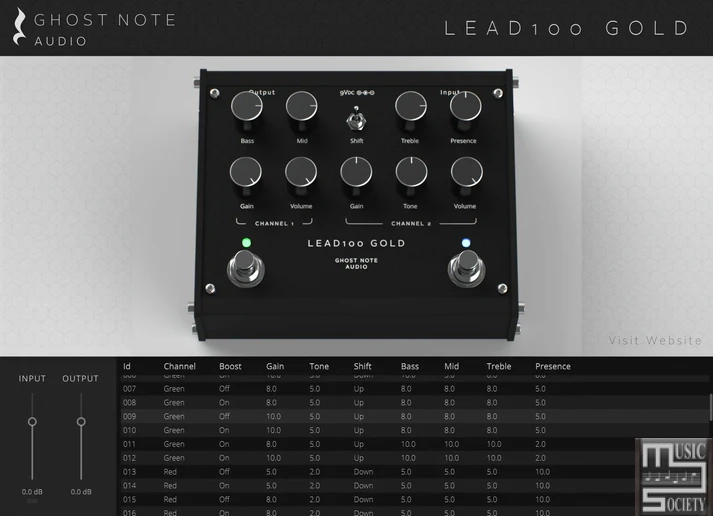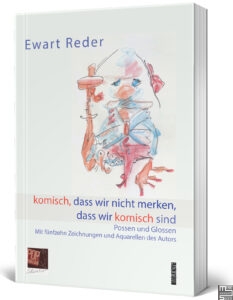
Experience all of our Transistor Legacy preamplifier pedals in your DAW, with the help of neural nets and AI.
Built on top of Neural Amp Modeller, the incredible, open source software developed by Steven Atkinson, we’ve designed a custom user interface on top of the core library, to let you browse our pedal catalogue, and demo every single one. Each pedal model contains between 35 and 70 captures, showing off the full tonal range of each pedal. And don’t worry, you can copy the .nam model files and load them in any NAM-compatible player of your choice.
You can switch between pedals by clicking the label in the top-right corner.
Input & Output Gain
One of the problems with modelling / capturing is ensuring that the signal strength going into the plugin is equivalent to what it would be in the hardware unit. Unfortunately, due to variances between audio interfaces, this can only be set by ear. But we have included a signal strength indicator to help you adjust the gain.
Adjust your input gain as follows:
1. On your audio interface, set the gain as high as possible, without clipping. This ensures maximal bit-depth is captured, and results in the best signal-to-noise ratio that the interface can provide.
2. In the plugin, adjust the „Input“ gain fader so that hard strumming on a humbucker guitar pushes the signal just barely into the green. Only the peak attack transients should be hitting green. The signal should never hit clipping (red), not even for short periods of time.
If you have the ability to accurately measure your input signal strength, the specific relationship between analog and digital signal level should be set as:
+4.0 dBu → -4.5 dBFS
Using the plugin with a Boost / Overdrive
You can place an overdrive or boost in front of the plugin, either a virtual one or a physical pedal. However, due to limitation in the way neural net modelling works, the response can be a little bit different from what you would experience with the real hardware unit. The „texture“ or the distortion tends to be course and not as tight sounding as the real thing.
For this reason, we also specifically modelled the Lead 100 Gold with a boost pedal in front, because it takes boost pedals extremely well, and the neural modelling wasn’t really doing it justice.
About the Technology
The Transistor Legacy plugin is built using Neural Amp Modeler Core – an incredible piece of open source software developed by Steven Atkinson.
The model files are standard .nam files, and can be loaded in the official NAM Plugin, or any NAM-compatible player, such as Two-Notes Genome, Atomic Tonocracy and others.
To access the files, open this directory:
On Windows: %USERPROFILE%\AppData\Roaming\Ghost Note Audio\TransistorLegacy\Models
On MacOS: /Users/[YOUR URSERNAME]/Library/Ghost Note Audio/TransistorLegacy/Models
The following pedals are currently modelled:Lead 100 Gold
8100 Gold
RGX 100
Vader 140
Century
Omega Lead
Red Stripe
Supported Operating Systems
Windows 10 or 11 with 64-bit processor.
MacOS 10.15 (Catalina) or laterSupported Processors
PC: 64-bit processors with AVX support (all Intel and AMD processors after 2013)
Apple Native Silicon support (M1 and later).
Apple 64-bit Intel support.
Plugin FormatsVST – Windows and MacOS.
Audio Unit – MacOS only.




![Giulioz RdPiano (SA-synthesis Digital Piano) v0.2 VSTI3 AU STANDALONE Windows MacOS [FREE]](https://music-society.de/wp-content/uploads/2025/01/1737324771_2993323375-300x73.webp)
![Infected Sounds Brut4l (Minimoog Synthesizer) v3.0.1 x64 x86 VSTI VSTI3 Windows [FREE] free download](https://music-society.de/wp-content/uploads/2025/04/1743712063_4188947008-300x197.jpg)
![U-he Zebralette 3 Beta 2 VSTI3 CLAP AAX macOS Linux Windows [FREE]](https://music-society.de/wp-content/uploads/2025/04/1743773051_2300133719-300x176.jpg)

![Ronan Fed Pneuma Pro v1.1.1 VSTi VSTi3 WiN [FREE]](https://music-society.de/wp-content/uploads/2024/02/pneuma-pro-300x145.jpg)










